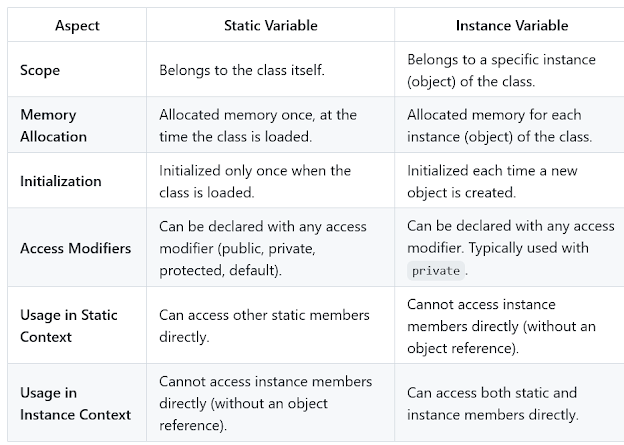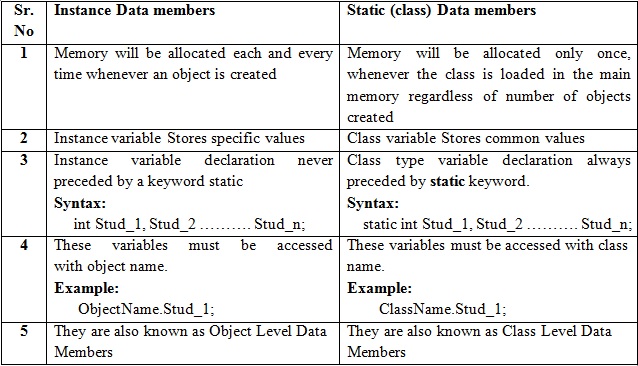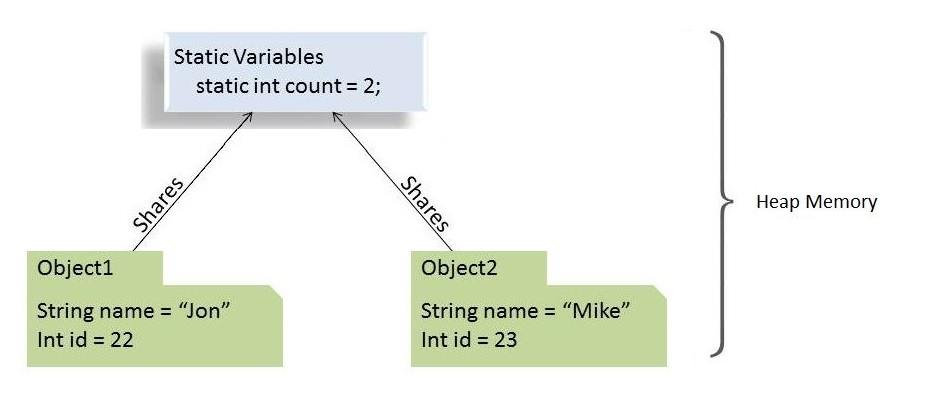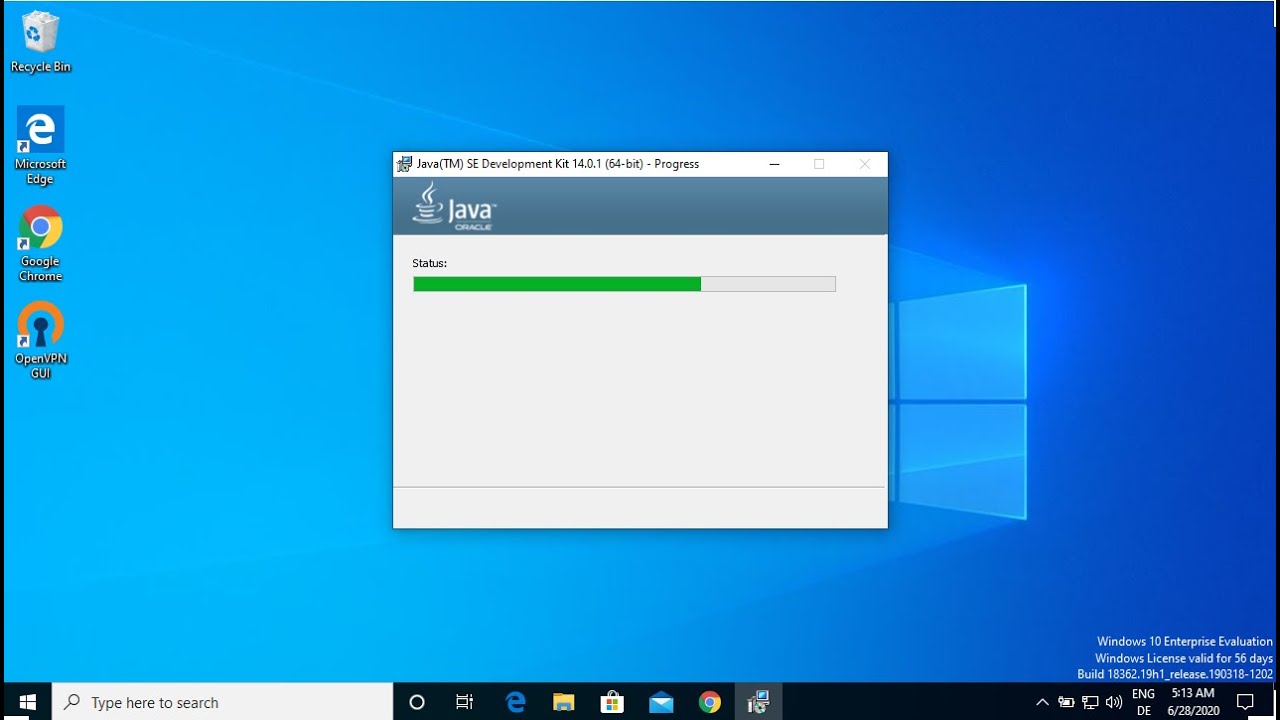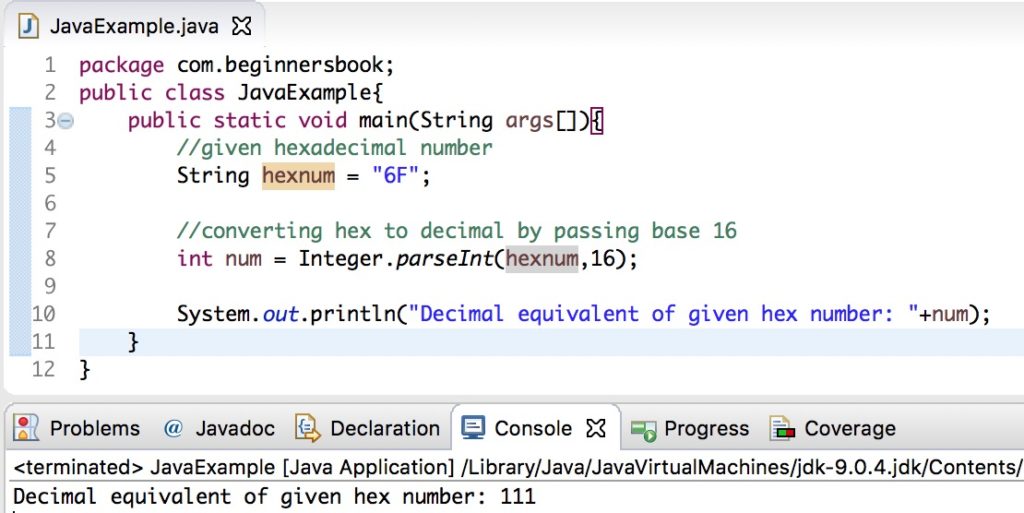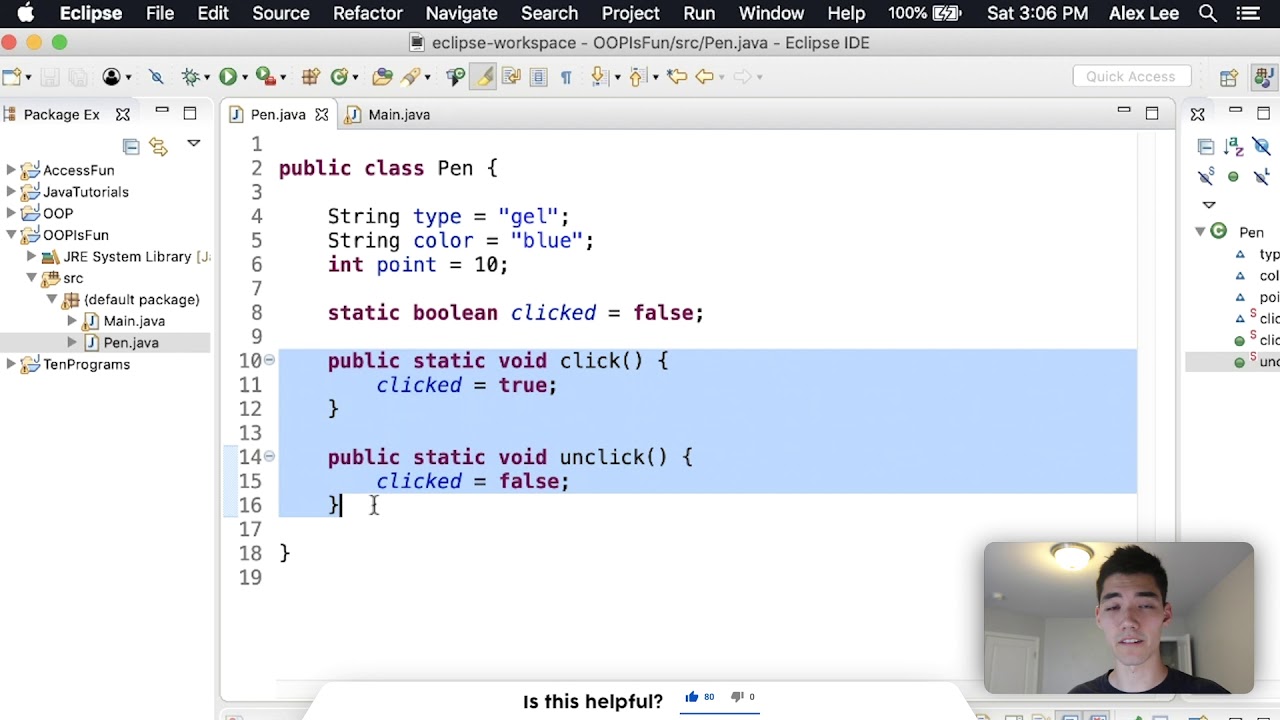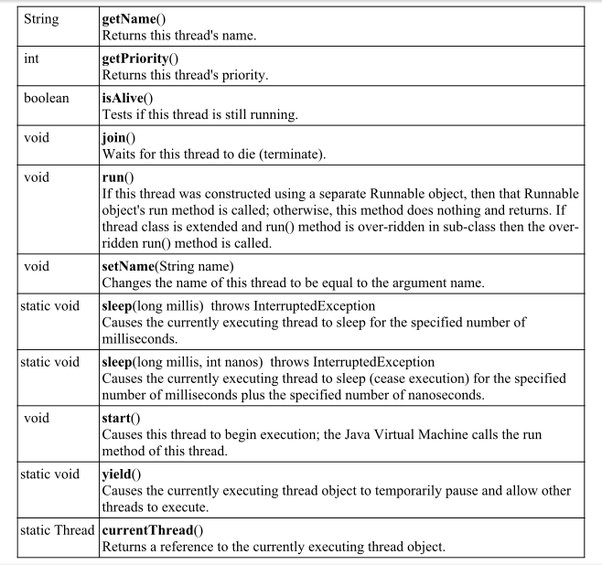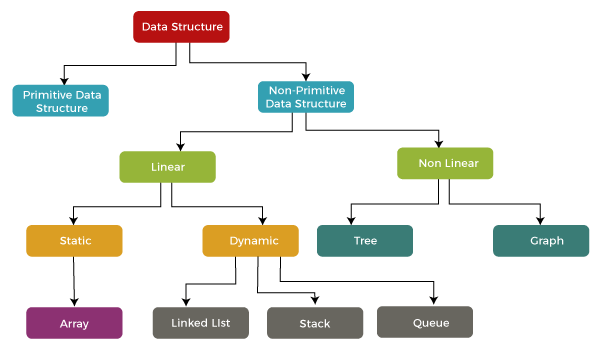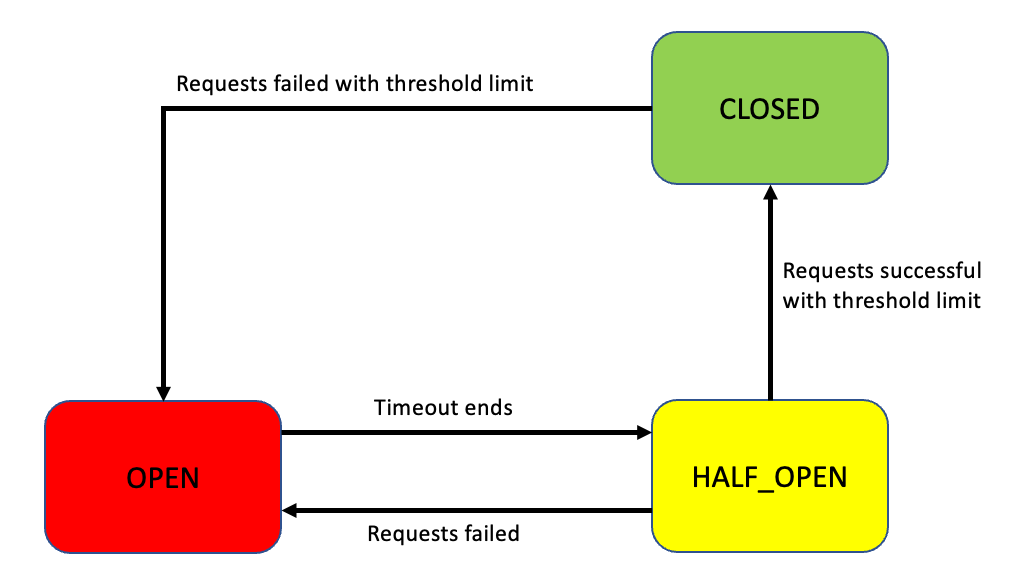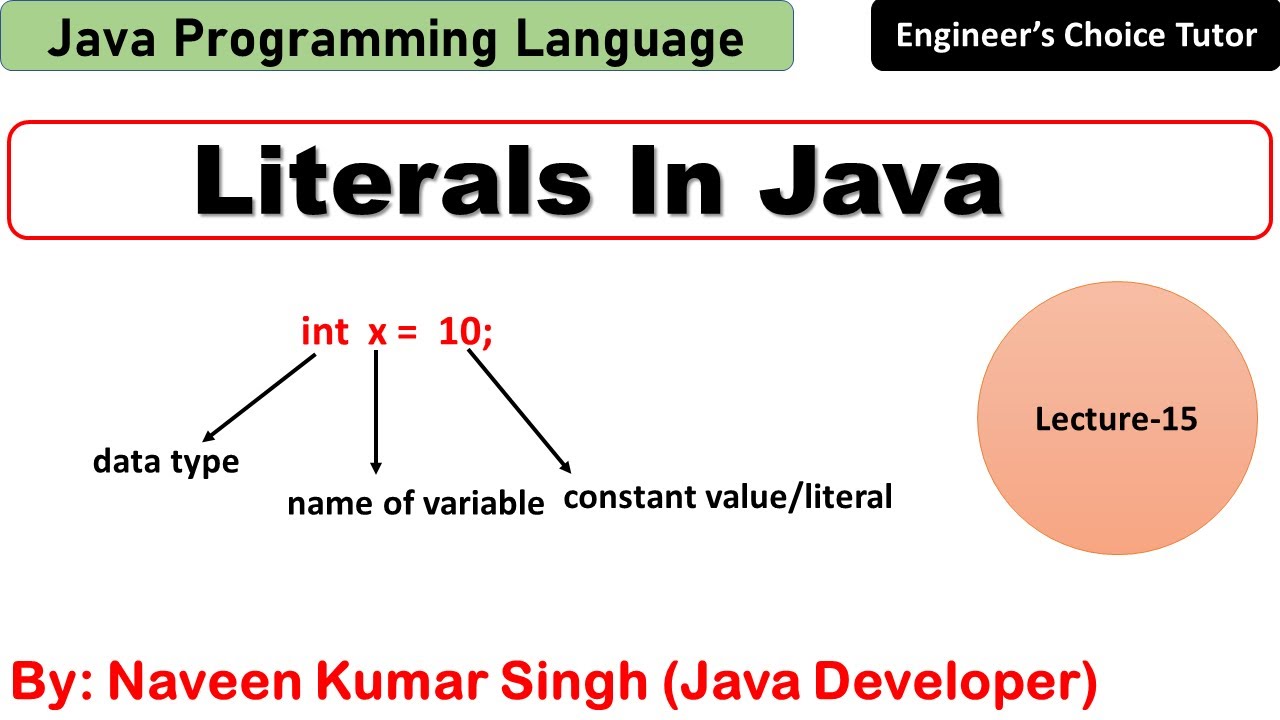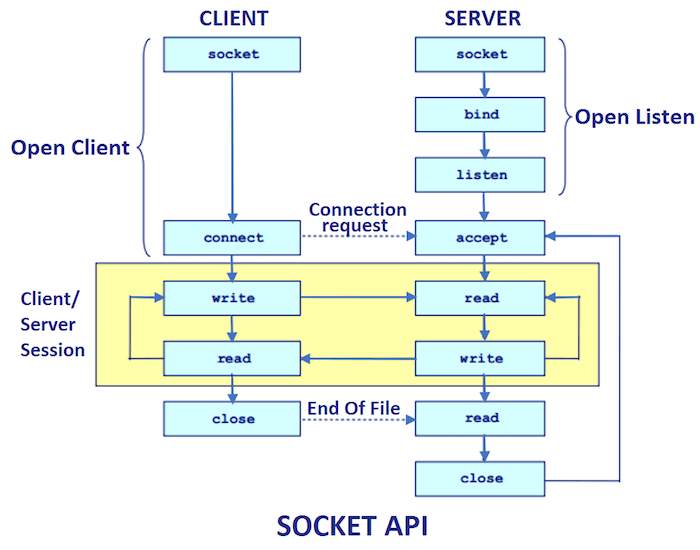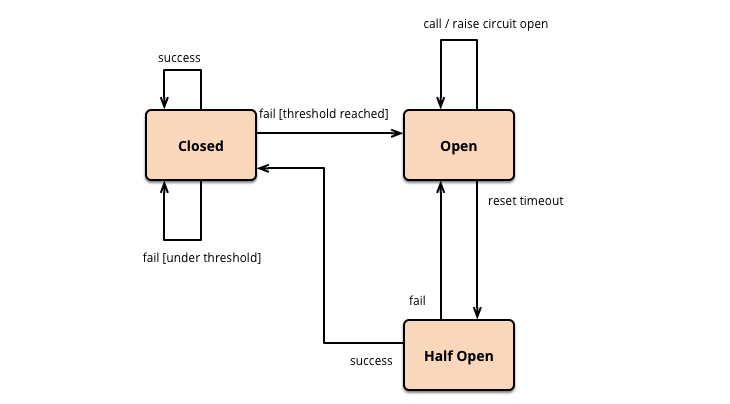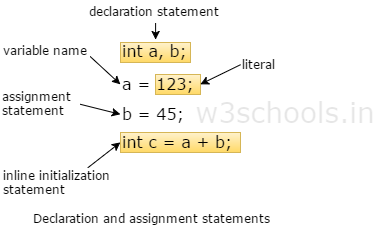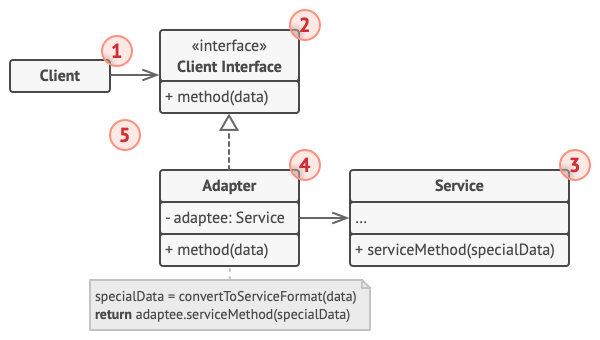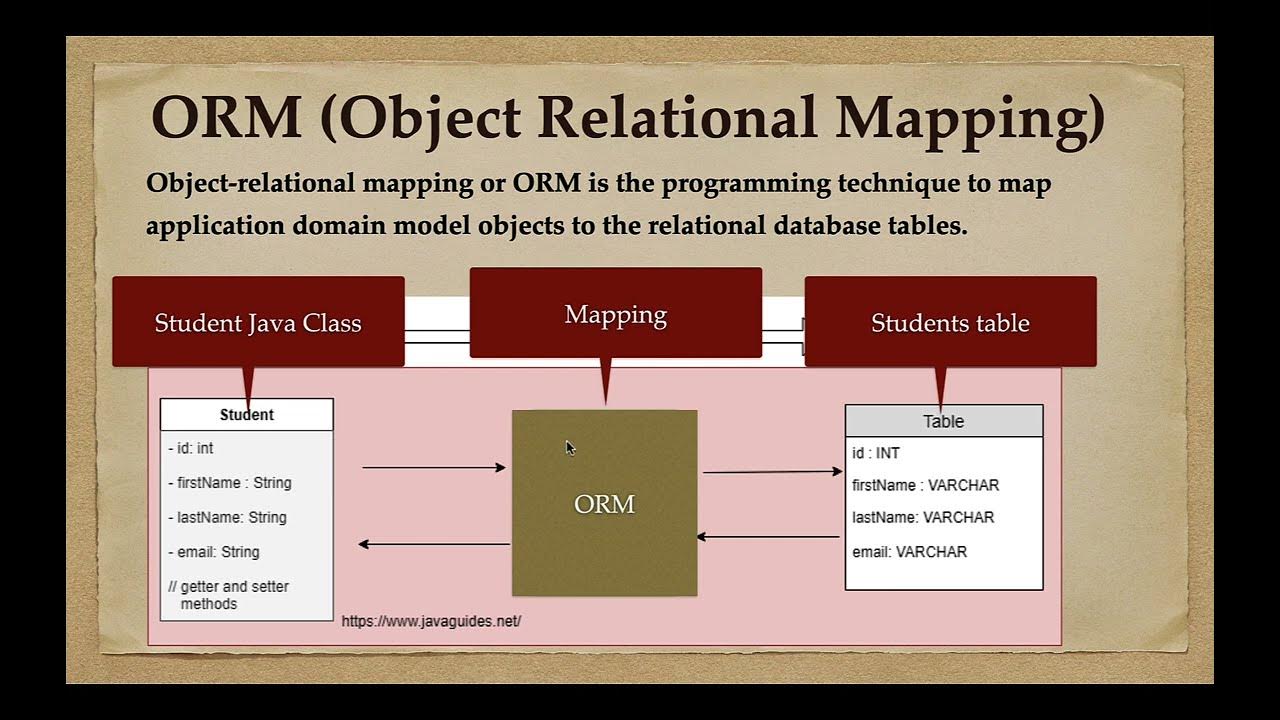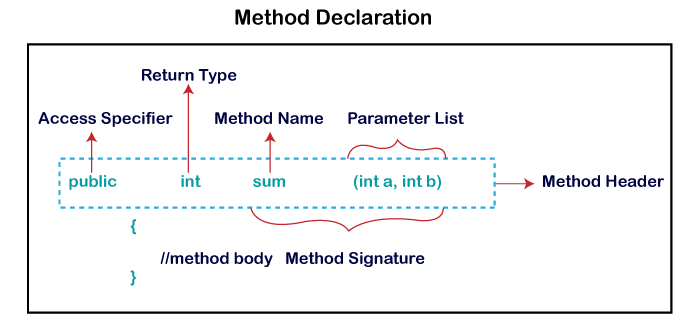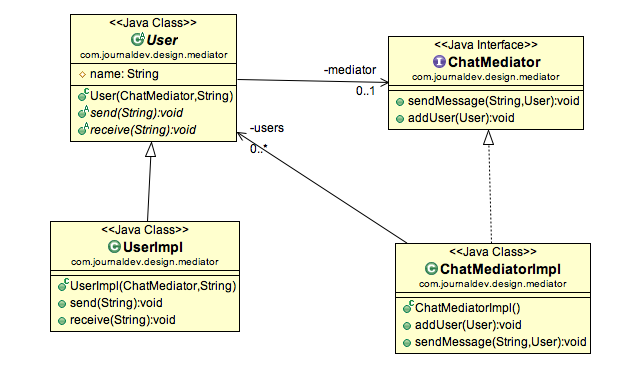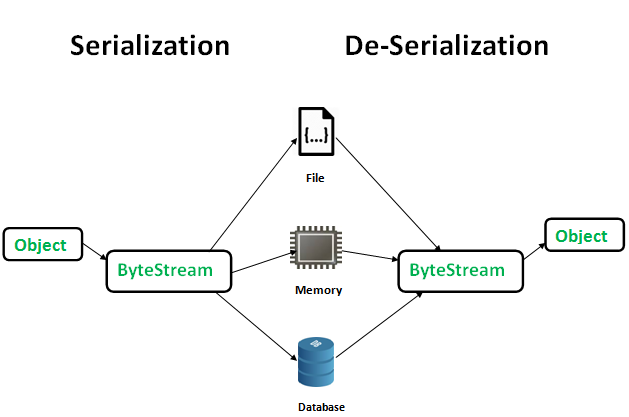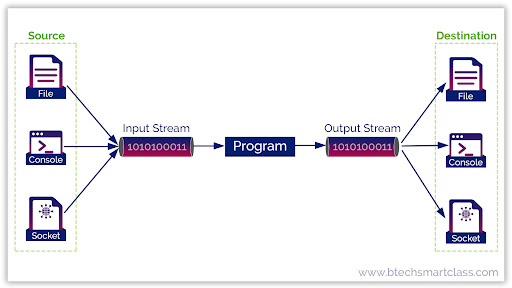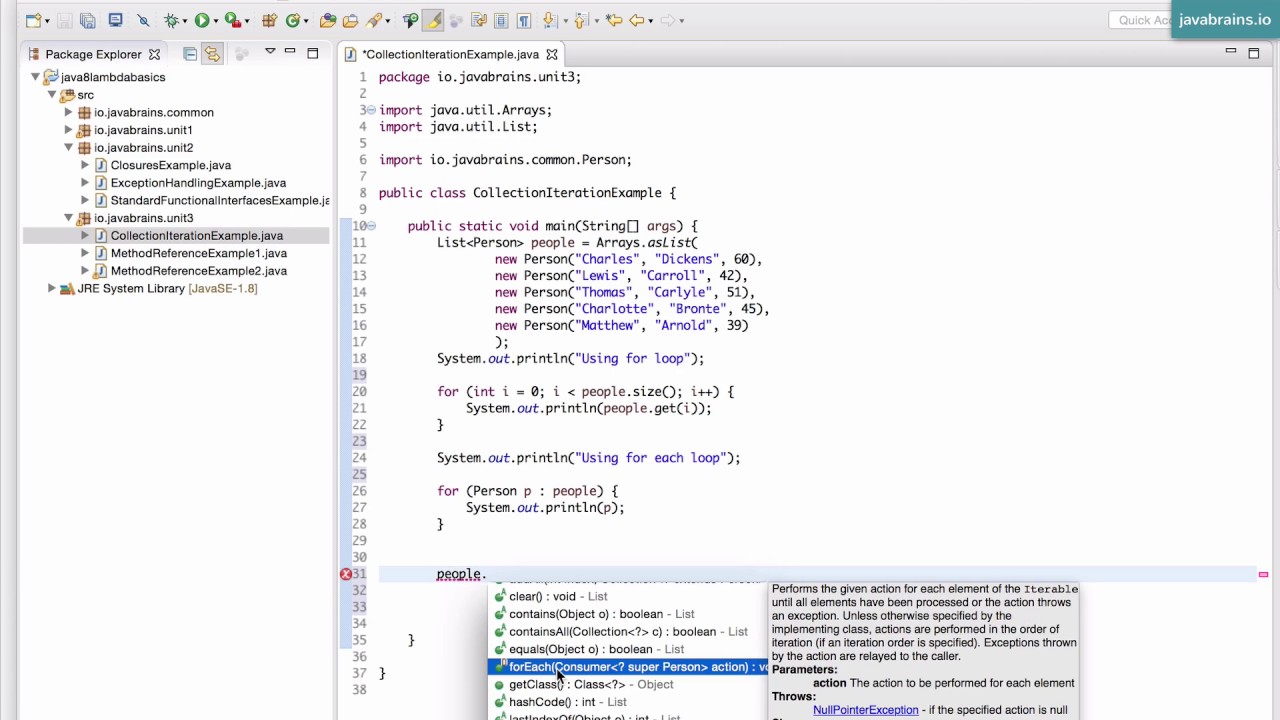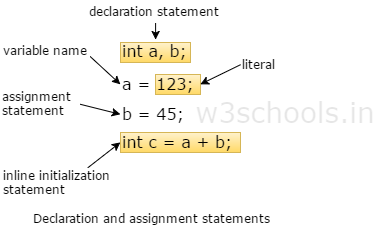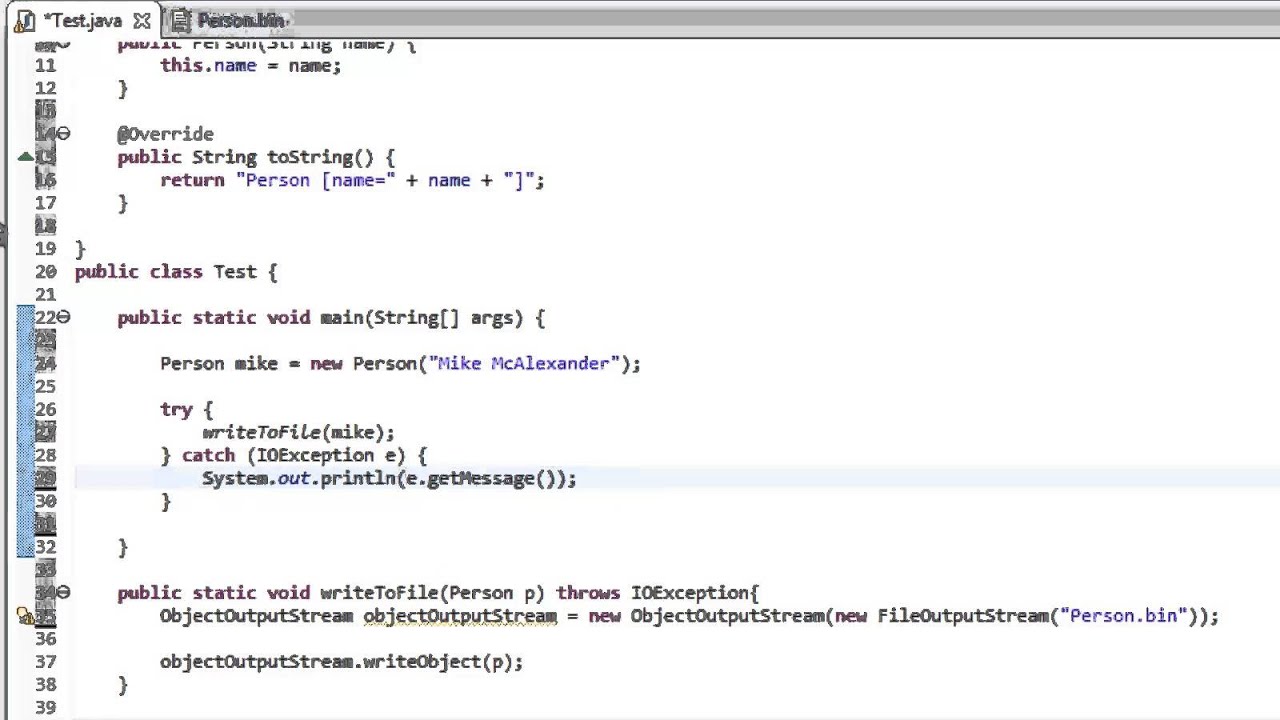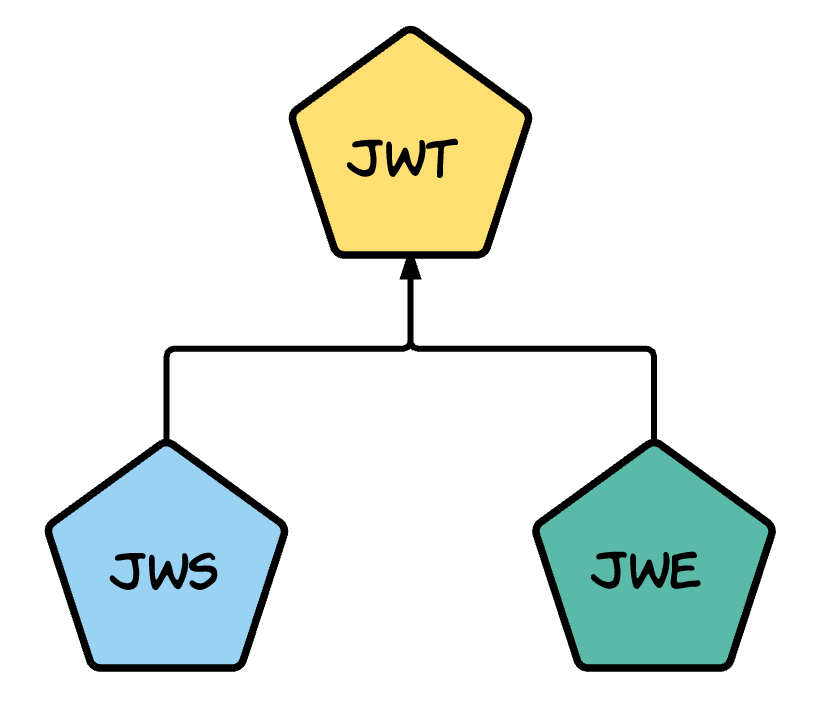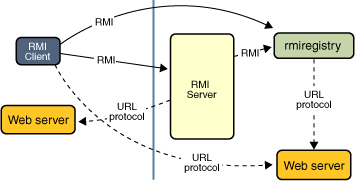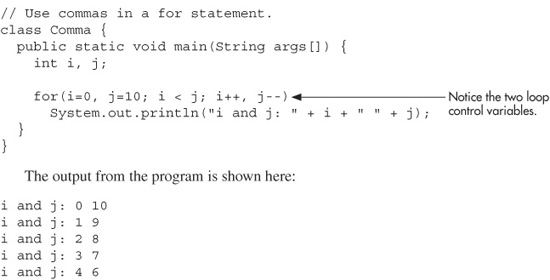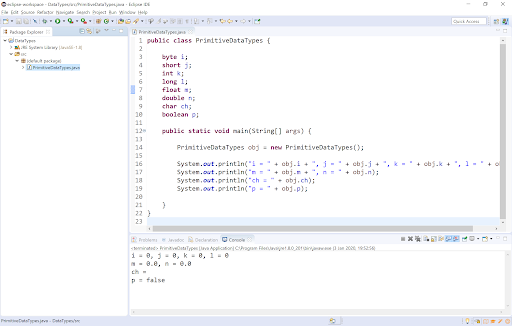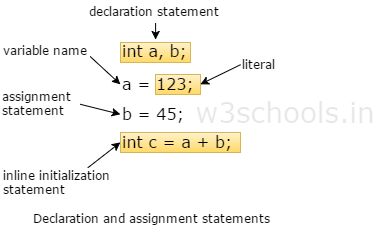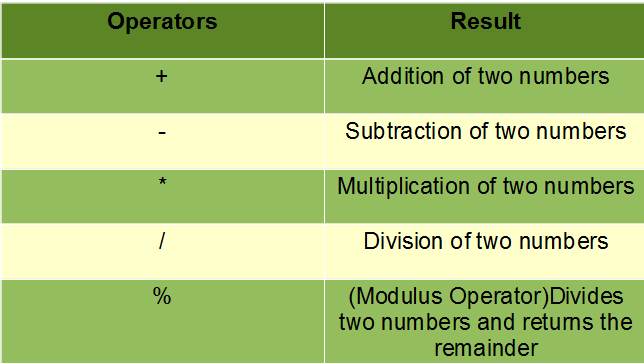What is the difference between static and non static members in Java?
What is the difference between static and non static members in Java?
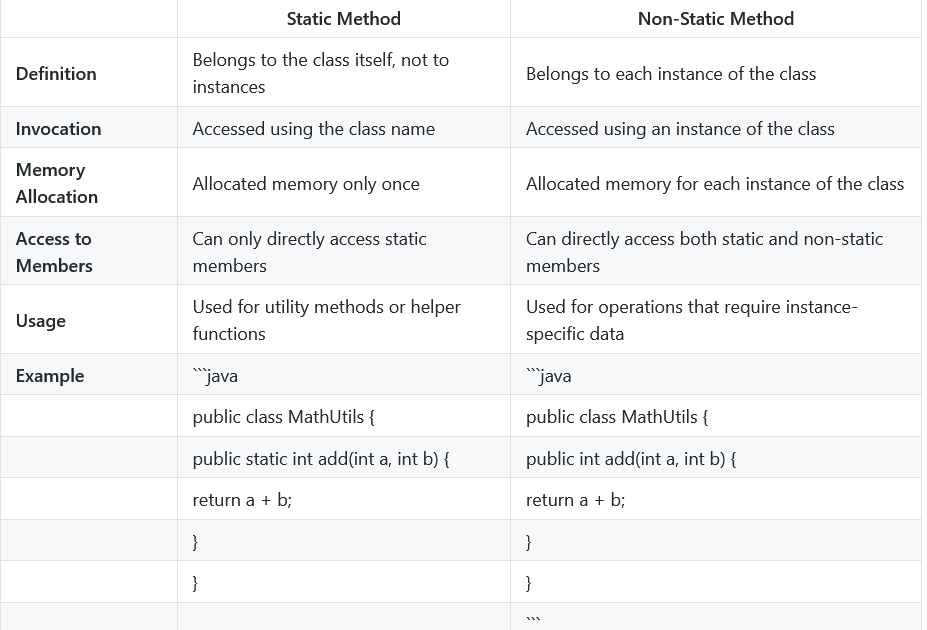
I'd be happy to explain the concept of static and non-static members in Java!
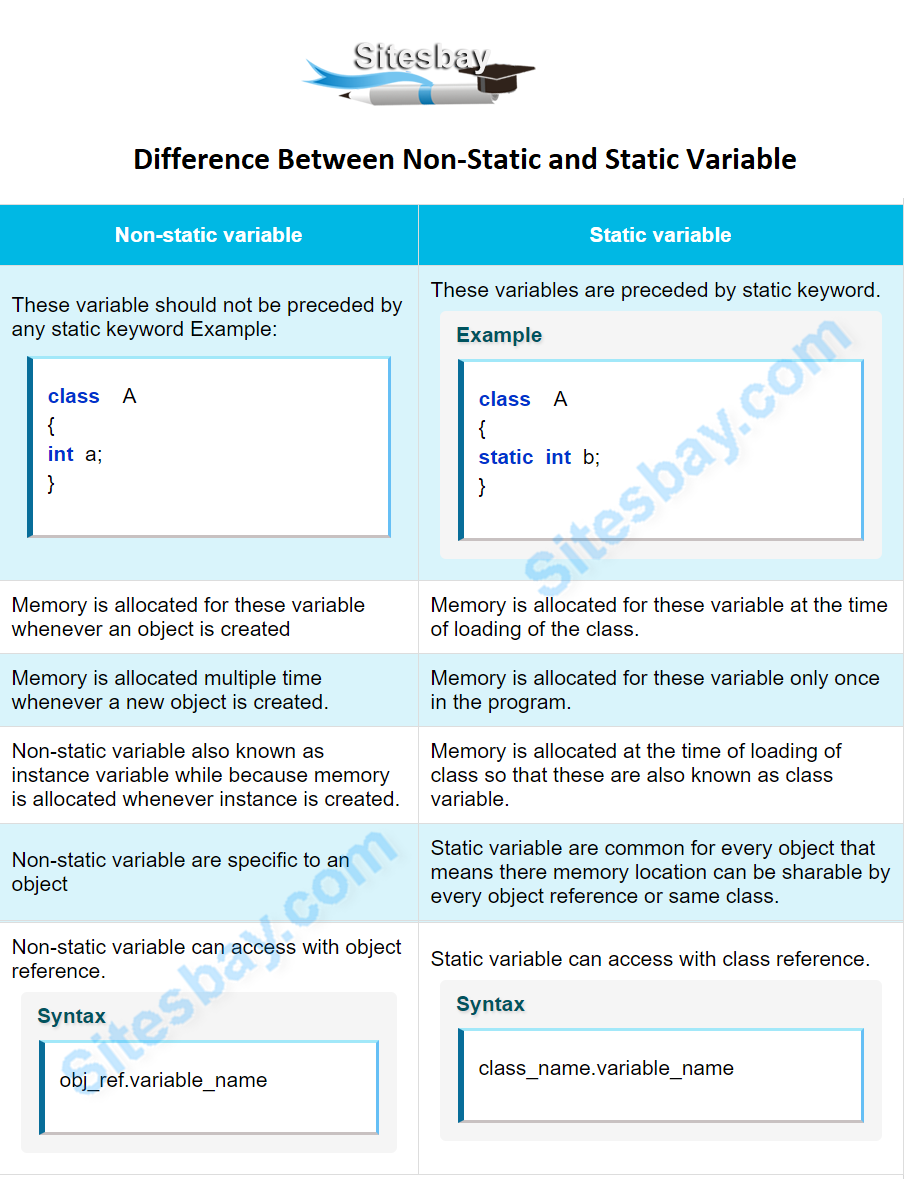
In Java, every class has its own set of attributes (variables) and methods that can be used to manipulate or interact with instances of that class. There are two types of variables: static and instance variables. Similarly, there are two types of methods: static and instance methods.
Static Members
Static members belong to the class itself, rather than individual instances of the class. This means that you can access a static member without creating an instance of the class.
Here's how it works:
Static Variables: You declare a variable with thestatic keyword inside a class, and every instance of that class shares the same value. Example: A Math class might have a static variable PI to store the value of Pi. All instances of the Math class share this value. Static Methods: You declare a method with the static keyword inside a class, and you can call it without creating an instance of the class.
Pros:
No Need for Instance Creation: You don't need to create an instance of the class to access a static member. Shared Access: Static members are shared across all instances of the class, which can be useful in certain situations.Cons:
No State Preservation: Since static members belong to the class itself, there is no state preservation between method calls (i.e., each call starts with a clean slate). Thread-Safety Concerns: Static members are shared across all threads, so if your program is not thread-safe, using static members can lead to unexpected behavior.Non-Static Members
Non-static members belong to individual instances of the class. This means that every instance has its own set of attributes and methods.
Here's how it works:
Instance Variables: You declare a variable without thestatic keyword inside a class, and each instance of the class has its own value for this variable. Example: A Student class might have an instance variable name to store each student's name. Each student object has their own name attribute. Instance Methods: You declare a method without the static keyword inside a class, and you need to create an instance of the class to call this method.
Pros:
State Preservation: Non-static members preserve state between method calls (i.e., the method can access the instance's attributes). Thread-Safety: Non-static members are thread-safe by default, since each instance has its own set of attributes and methods.Cons:
Need for Instance Creation: You need to create an instance of the class to access a non-static member. More Complex Code: Using non-static members can lead to more complex code, especially when working with multiple instances of the same class.In summary:
Static members are shared across all instances of a class and don't require instance creation, but lack state preservation and might have thread-safety concerns. Non-static members belong to individual instances and preserve state between method calls, but require instance creation and can lead to more complex code.I hope this helps you understand the difference between static and non-static members in Java!
What is instance members vs static members in Java?
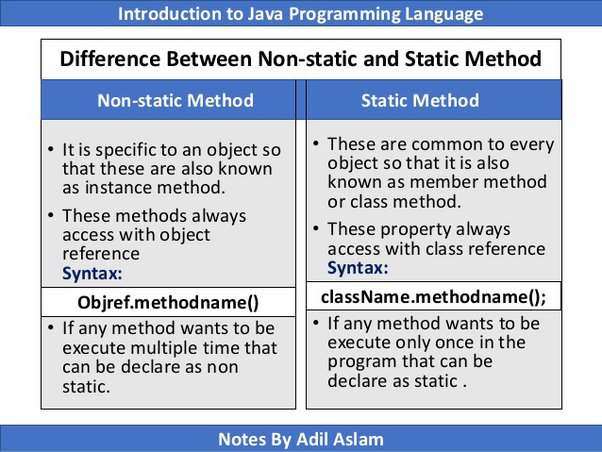
Instance Members and Static Members are two types of members that can be defined within a class in Java.
Instance Members:
Instance members, also known as non-static members or instance variables, belong to an instance of the class rather than the class itself. Each object created from the class will have its own set of instance members with separate values. Instance members are declared inside the class but outside any method. They are initialized when a new object is created and can be accessed through an instance of the class.
Here's an example:
public class Employee {
private String name;
private int age;
public Employee(String name, int age) {
this.name = name;
this.age = age;
}
public void display() {
System.out.println("Name: " + name);
System.out.println("Age: " + age);
}
}
In the above example, name and age are instance members. Each Employee object will have its own name and age. To access these values, you need an instance of the class.
Static Members:
Static members, on the other hand, belong to the class itself rather than instances of the class. They can be accessed through the class name without creating an instance of the class. Static members are declared using the static keyword and have a separate set of values shared across all instances of the class.
Here's an example:
public class Employee {private static int totalEmployees;
public Employee(String name, int age) {
// ...
}
public static void displayTotalEmployees() {
System.out.println("Total Employees: " + totalEmployees);
}
}
In the above example, totalEmployees is a static member. You can access it without creating an instance of the class using Employee.totalEmployees. The value of totalEmployees will be shared across all instances of the class.
Key Differences:
Here are some key differences between instance members and static members:
Scope: Instance members belong to an instance of a class, while static members belong to the class itself. Accessibility: Instance members can only be accessed through an instance of the class, whereas static members can be accessed through the class name. Values: Each instance of a class has its own set of instance member values, while all instances of a class share the same set of static member values. Initialization: Instance members are initialized when an object is created, whereas static members are initialized only once when the class is loaded.When to Use Each:
Here are some scenarios where you might use each:
Use instance members: When you need unique values for each object or when you want to encapsulate data and behavior specific to each instance. Use static members: When you want to share a value or functionality across all instances of the class, such as in a singleton pattern or a utility class.In conclusion, instance members belong to an instance of a class, while static members belong to the class itself. Understanding the differences between these two types of members is essential for effective object-oriented programming in Java.
